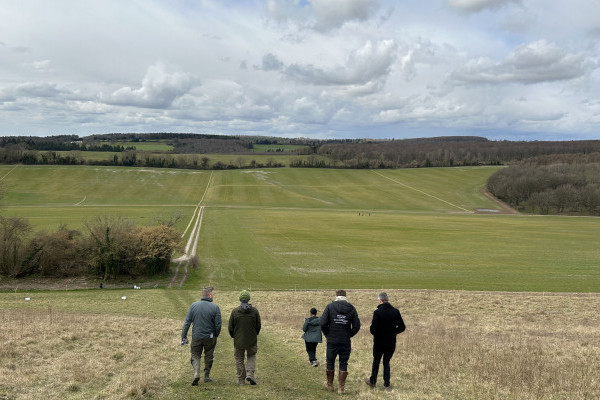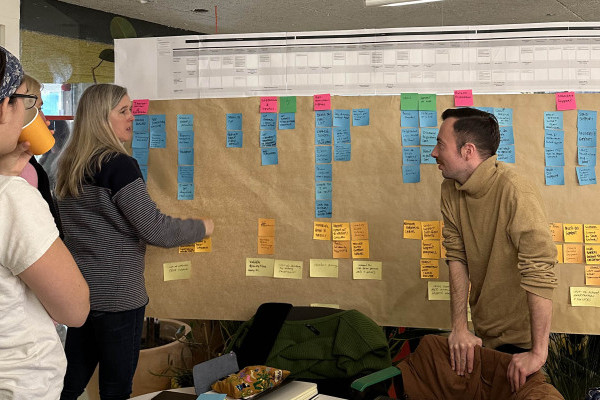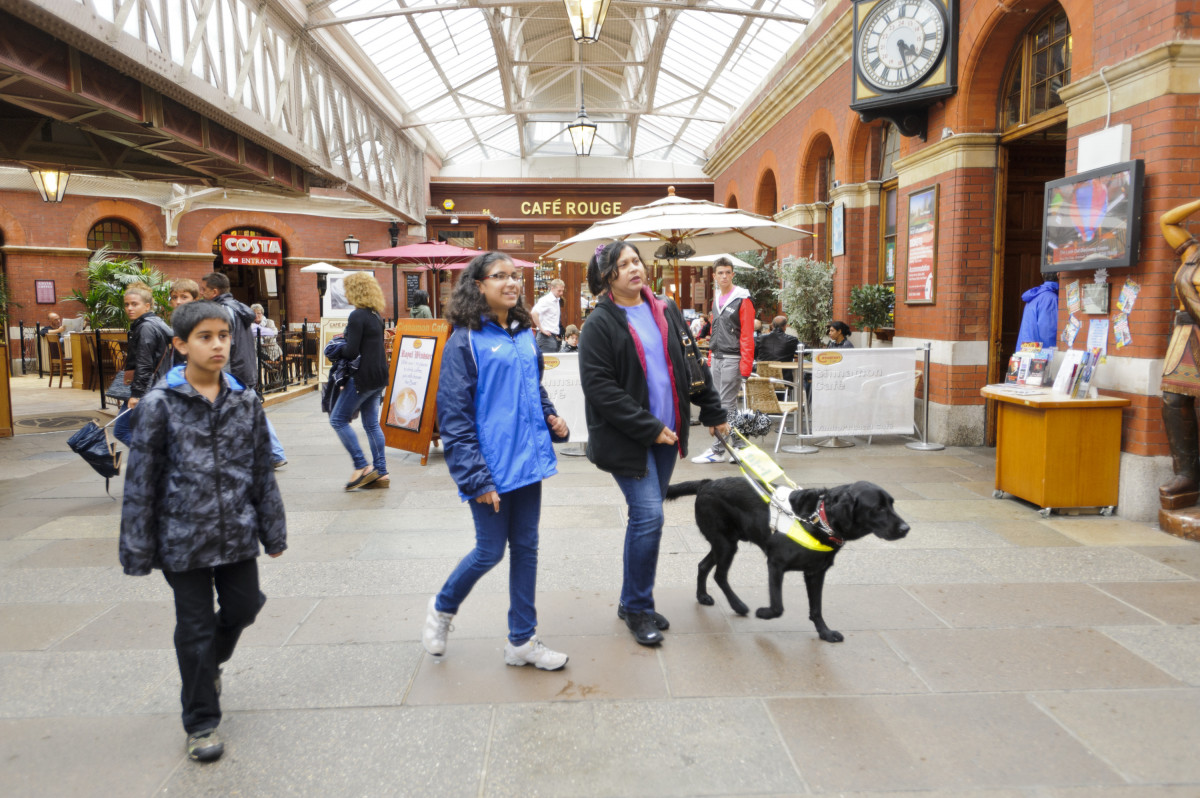
Research that articulates the challenges for blind or partially sighted passengers
Guide Dogs for the Blind Association
Our research enabled Guide Dogs for the Blind to communicate what it was like to travel as a blind or partially sighted person to the developers of potential solutions and support products.
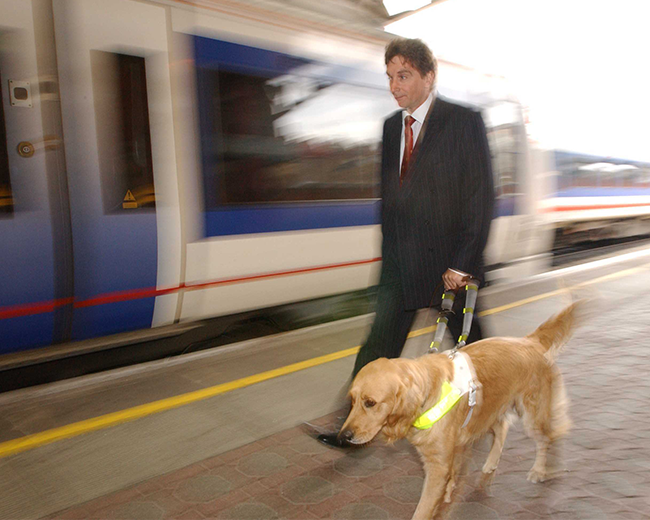
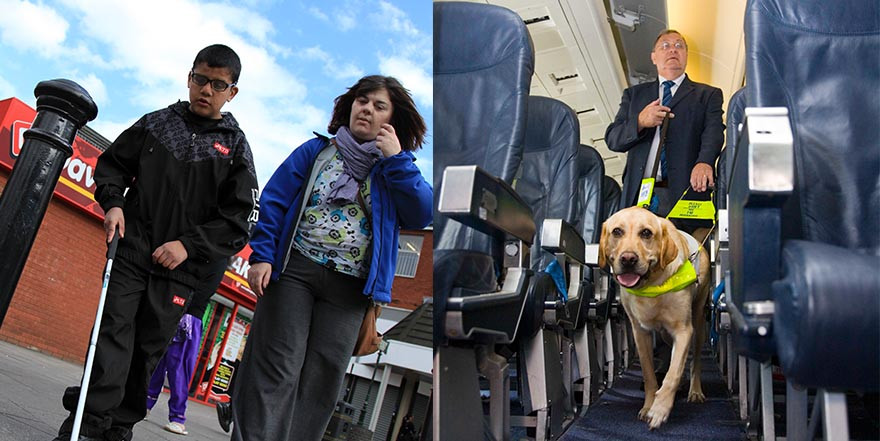
The Challenge
Mima was tasked with researching, understanding and communicating the challenges and passenger journey of blind or partially sighted people. The aim was to provide insight and information that could be used by technology developers and innovators to provide future solutions that better met the real needs of people.
The Solution
It is recognised that there are significant barriers to travel for blind and partially sighted passengers. Many of these are significant enough to prevent some people from feeling able to travel at all.
Our work was built on a detailed programme of research in which we conducted interviews with over 50 blind or partially sighted people, ran a number of focus groups and undertook observed journeys. We developed personas of a range of blind or partially sighted people to communicate the variety of individual needs and circumstances.
From this research we produced a series of storyboards to communicate lived experience. This showed a variety of kinds of journeys and the range of travel challenges that blind or partially sighted people face on a day-to-day basis. A detailed task analysis was developed covering a number of journey scenarios. The task analysis communicated a range of information on user requirements that can be met by design and technology solutions. The stories brought to life structural as well as more social, holistic and pre-tooling issues, helping designers to address emotional as well as functional needs.
